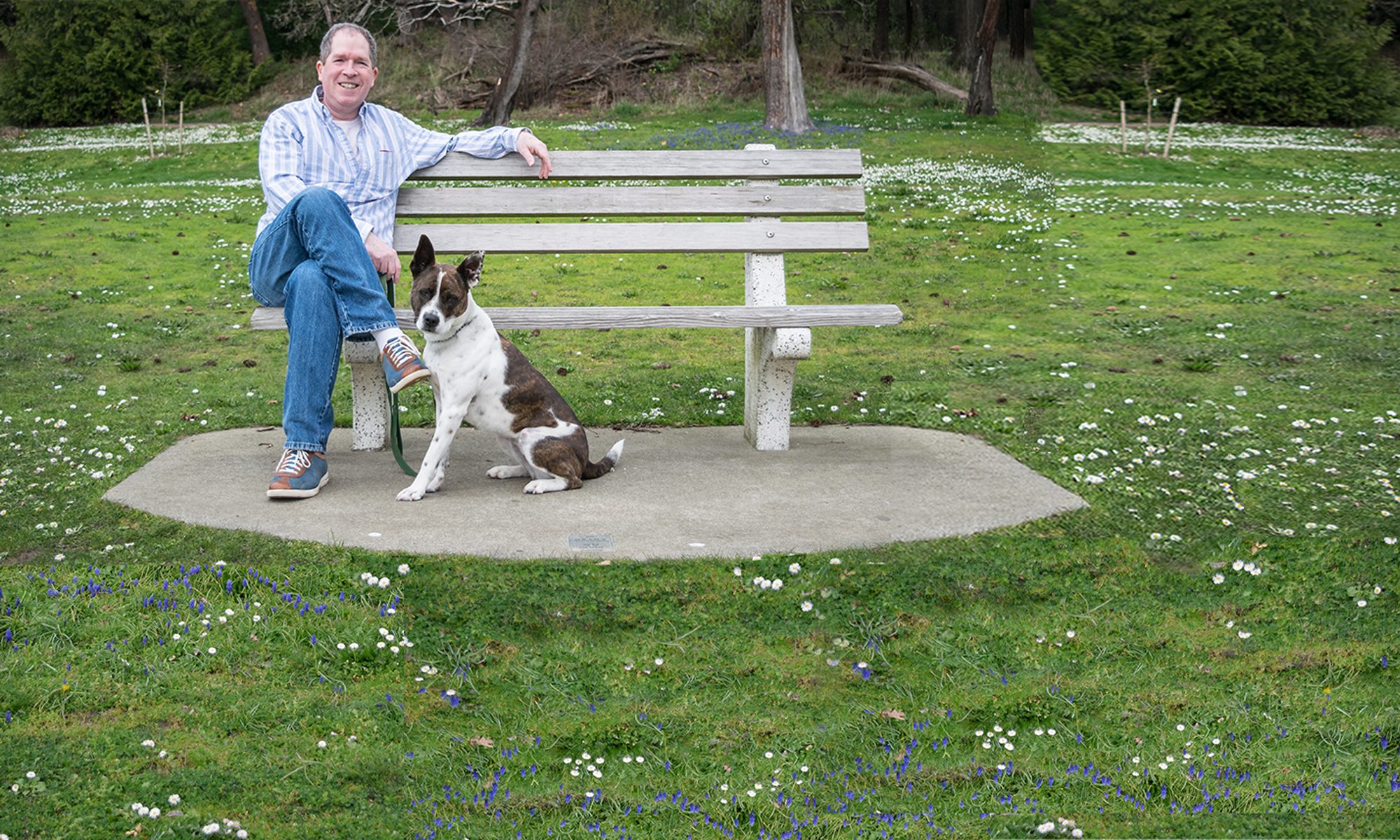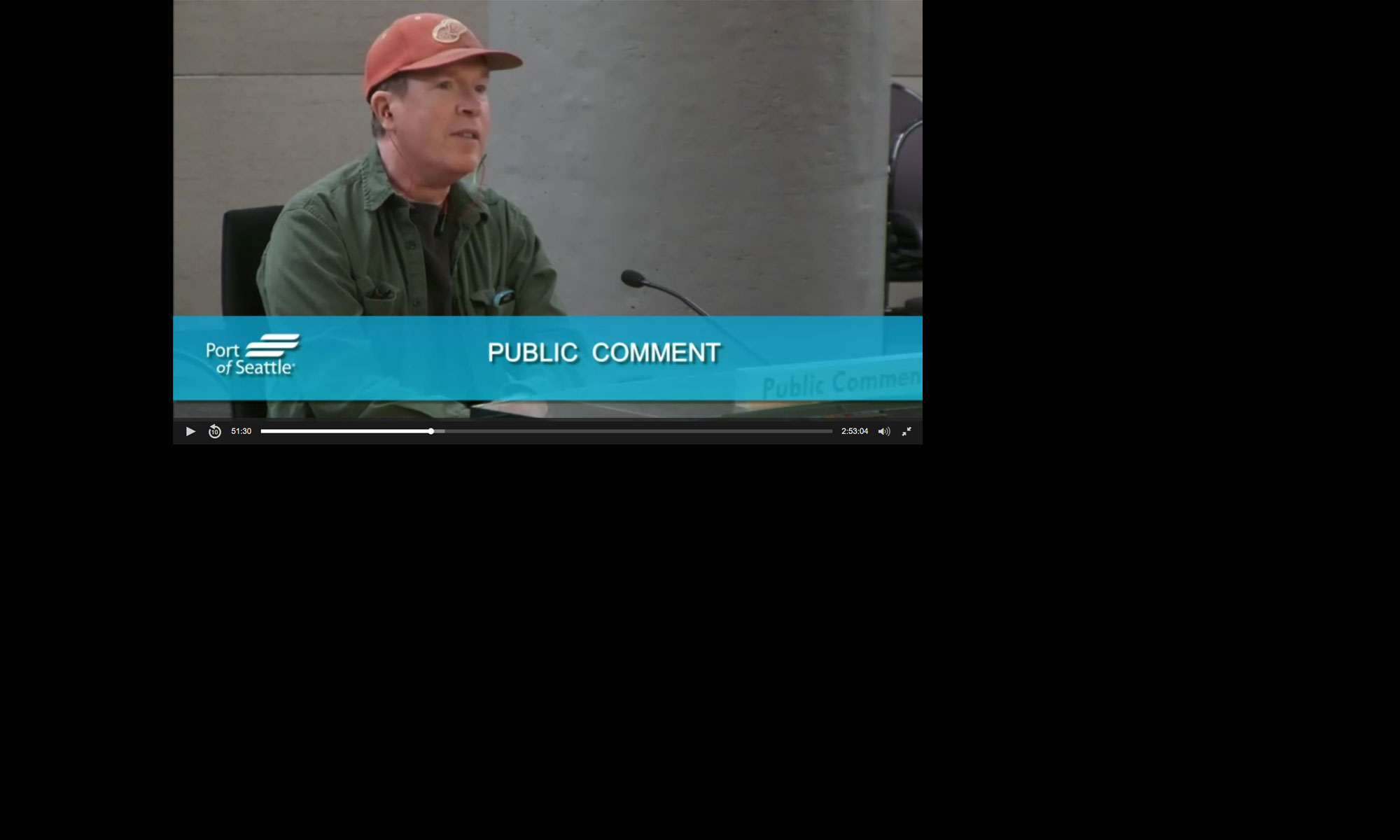Some bits of news…
Arrrrrhhhh…
Last week was the first time in about four years that I totally punked out on the Weekly Update. I’m always surprised at the number of messages I’ll get when it doesn’t go out on Sunday night. People will re-subscribe, assuming my server is in flames or perhaps I’ve met some tragic end. The truth is far less prosaic: every four years or so, Sunday rolls around and instead of whipping out 1,500 words…
PSAs…
Also, I’ve done some updating to the Public Service Announcements page. There are a lot of activities planned for the Marina/Beach Park this summer, including food trucks, bands, theatre, so check ’em out!
This Week
Thursday 4:00pm: Transportation Committee Meeting (No Agenda @ Deadline)
Thursday 5:00pm: Environment Committee Meeting (No Agenda @ Deadline)
Thursday 6:00pm: City Council Meeting (Agenda)
- The highlight (actually the only scheduled item on the meeting) will be a report on our upcoming Comprehensive Plan and Development Regulations Periodic Review and Update.
Last Week
I wrote a piece on the Drone Show which got a lot of feedback, mostly pro but a few con. There was one aspect of the show which I did not address in the article which people rightly called out, namely the environmental benefits of drones vs. fireworks. Absolutely. Ordinance v. Electrons? No contest.
The most crazymaking thing about ‘environmentalism’ is that it’s almost never as simple as that. It’s always about cost vs. benefit. And often (sorry, this is the part that will sting) about looking good in order to avoid doing good.
I did not want to pay for a drone show because I felt it was mainly about making a very expensive statement. The most charitable thing I can say about it is that, if we keep doing it, over time, it might encourage other cities to follow suit. We’d be paying a premium to model good behaviour.
Or not. SeaTac just loosened their rules on fireworks. And as anyone who watched the show could see, Normandy Park is obviously as nutty as ever over fireworks. So why should we, with our very limited resources, over-spend like this on a tech that is five years away from being ready for prime time–especially when time really is running out on any number of environmental issues?
That $40,000 – $50,000 premium, could do far more community good elsewhere. I mentioned enforcement in my other article. But if we’re talking environment, just one example of many: our tree canopy is in serious decline. We’ve done nothing real 1to alter that trajectory in decades. In fact, our constant support for the Port of Seattle is what has helped drive it! So every year the Port gives a few local groups various grants to help, such as planting a few hundred trees. Great stuff. Really. but that is only a drop in the bucket against the tens of thousands they’ve removed. Using that money to help implement a sincere tree recovery program would do far more to improve our air and water quality than avoiding one night of fireworks–which again will go away as the tech improves.
And lest you think me overreacting, this is exactly my argument with any number of projects including the upcoming 223rd Green Streets Project starting next month. If it ends up being built as originally proposed, it may indeed filter a whole bunch of water within that sixty acres and do it like a boss. Fantastic. But even if we got 100% 2OPM? That’s still millions we could spend elsewhere and get 10x environmental benefits for the entire community. That’s no exaggeration. I can easily think of ten projects (in addition to trees) that would provide more environmental bang for buck than a drone show.
I understand the very noble sentiments of those who see the drone thing as environmentally friendly, but when you hear me talk about ‘not wasting money’ it’s largely because we are so far behind on environment. We have to focus our limited resources on doing the most good for the long term.
Two Weeks Ago
Tuesday: FAA Noise Policy Review with Congressman Adam Smith’s office and Rep. Tina Orwall. The idea is to provide more ‘feedback’ to the FAA for possible regulatory improvements. People occasionally ask me “Seriously, dude. What good are these things?” Well, here is one slide from the presentation the FAA gives.
Well that’s disappointing. 😀
Even so, I strongly encourage you to take a look at the Noise Policy Review and add your comments here.
Again, I don’t want to confuse people on this. I’ve made no secret of my absolute certainty that we should be working on all things ‘airport’ at the local level.
So why am I bothering with this (and encouraging you to do so below)? ecause this particular group is about improving their data collection. FAA staff can’t change the regulations, but they can control the information they gather.
These meetings have been about improving the way their surveys are conducted. Like any polling, how they ask the questions and what data they publish, has a tremendous impact on changing regulations here long term.
So, again, I strongly encourage you to take a look at the Noise Policy Review and add your comments here.
Wednesday: In preparation for all this Comp Plan jazz, I took sort of a refresher course on the Growth Management Act with the Municipal Research and Services Center. (MRSC.)
The original GMA was passed in 1990. Here are some slides which give a brief explainer. It is huge and sprawling and extremely confusing. Some of it is regulations. But most of it is ‘guidance’ that we can choose to ignore. As an example, we’re required to have a Comprehensive Plan. And a Housing Plan. And a Shoreline Plan. We’re required to set all sorts of targets. But the thing is, we’re not exactly required to follow many aspects of even own ‘plans’. Like our Budget, we’re required to have one, but unlike our budget, we face no huge scrutiny for not following its discipline. So if I had to over-simplify, the GMA was meant to provide some form of local planning. Because, love it or hate it, it is hard to overstate how little actual planning went on in this region until the GMA.
It’s always about the airport with you, isn’t it?
Yes, yes it is. For example, over at SeaTacNoise.Info we call South King County before GMA ‘the wild west’ because if there is one single reason the airport grew so dramatically it is because SKC had almost no land use rules in place to discourage it from doing so. Developers and residents saw the area as a place where one could get cheap land, often near the water, and build on it often at will. And that includes the airport.
After the Second Runway was built in 1970, residents were even more offended as they were (and are) about the noise and pollution from the Third Runway in 2008. Many people (including local leaders) despaired that nobody would want to build, let alone live here afterwards. Developers just laughed. They knew that people would choose to live here (planes, schmanes) because they would still consider it great value–especially after so many people moved out and property values tanked. A whole bunch of Des Moines was built after the Second Runway but before GMA kicked in.
Regardless of the health harms (which take decades to develop and which you cannot see) people get acclimated to the increases in noise and pollution. Without regulations to curb the noise and pollution, people can get used to almost anything. If you have nothing to compare it with, whatever you’re living with becomes ‘normal’.
To wind up this lecture, when people complain about “Why there’s no second airport!” You could also blame that on a lack of GMA. Again, if you don’t have rules on growth (like other States had already had in place for decades) what do you expect?
- If the majority of residents are uninformed as to the impacts, and thus seem willing to tolerate the current situation, why would local lawmakers enact regulations to stop the airport (or anything) from growing?
- And if there are no regulations in place to stop something (like an airport) from expanding, why would anyone site an airport somewhere else? Other cities said “no” to a second airport in 1989 because the State always held out a Third Runway as a ‘possibility’.
What everyone concerned about the airport has tended to do over the decades is either pray or move. The prayer goes like this, “At some point Sea-Tac must get so far over-capacity that someone (perhaps adivine power) will force someone else to build a second airport and give us some relief!” Never happens. The tech for aviation keeps improving–just as fast as those drones keep getting cheaper. (See what I did there? 🙂 ). Sea-Tac Airport will keep growing and not run out of capacity in our lifetimes. Ironically, if you want a second airport, the first step is not pleading for relief somewhere else. The first step is to say, “stop” here.
That’s why GMA was necessary–and why I’ve always advocated for restrictions on the airport. Unfortunately, it came along too little too late to help us.
Thursday: King County Public Health meeting. Sounding like a broken record, but the purpose was to get some ideas on legislation possibilities for next year concerning the various health impacts of the airport.
I’ll refer you to an article in the Friday Seattle Times, concerning work UW is doing on correlating pollution and any number of health and socio-economic issues with marginalised communities. Notice that the study stops at the boundary of Seattle. Because that’s where the data collection stopped. Regardless of your politics, I want to point out two things:
- Des Moines is also a marginalised community with a similar history of redlining and pollution that should be eligible for all kinds of Federal and State programs.
- But Seattle has the data to put that story together. And so, they will get paid, and we will not.
And if one has a choice between being a highly polluted, marginalised community and getting paid or being a highly polluted, marginalised community that does not get paid? The choice is simple.
That’s the reason I keep banging on about ‘data’ and the airport. It is better to get paid, than not to get paid.
1We’re at 29%. The tree cover in SeaTac (yes, even exclusive of the airport) is even worse at 25%. That’s if North Sea-Tac Park is preserved. Get it? There are no ‘wins’ at the moment. We’re just slowing the retreat and using optical things like ‘tree planting’ and ‘drone shows’ to cover it.
2Other People’s Money





I’ve said it before and I’ll say it again. Des Moines, Burien, Normandy Park, and SeaTac are a bunch of little Don Quixotes jousting at windmills and any effort by individual politicians to take on the elephant in the room is an exercise in frustration. They are NOT giving up any power unless forced. The above cities need to consolidate, surround the airport and start drafting legislation to control the beast. Their expansion is akin to the Chinese building islands in the Pacific…